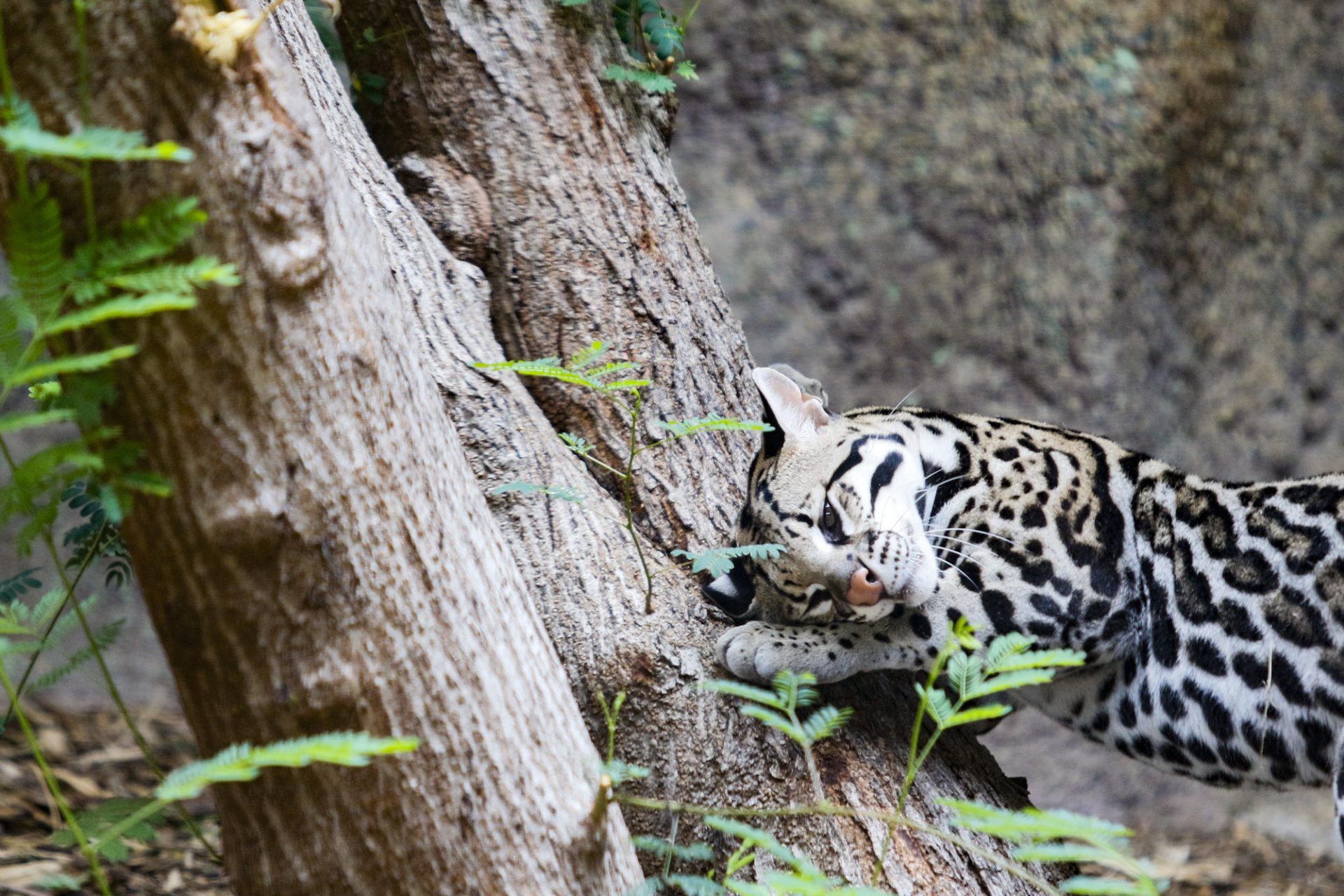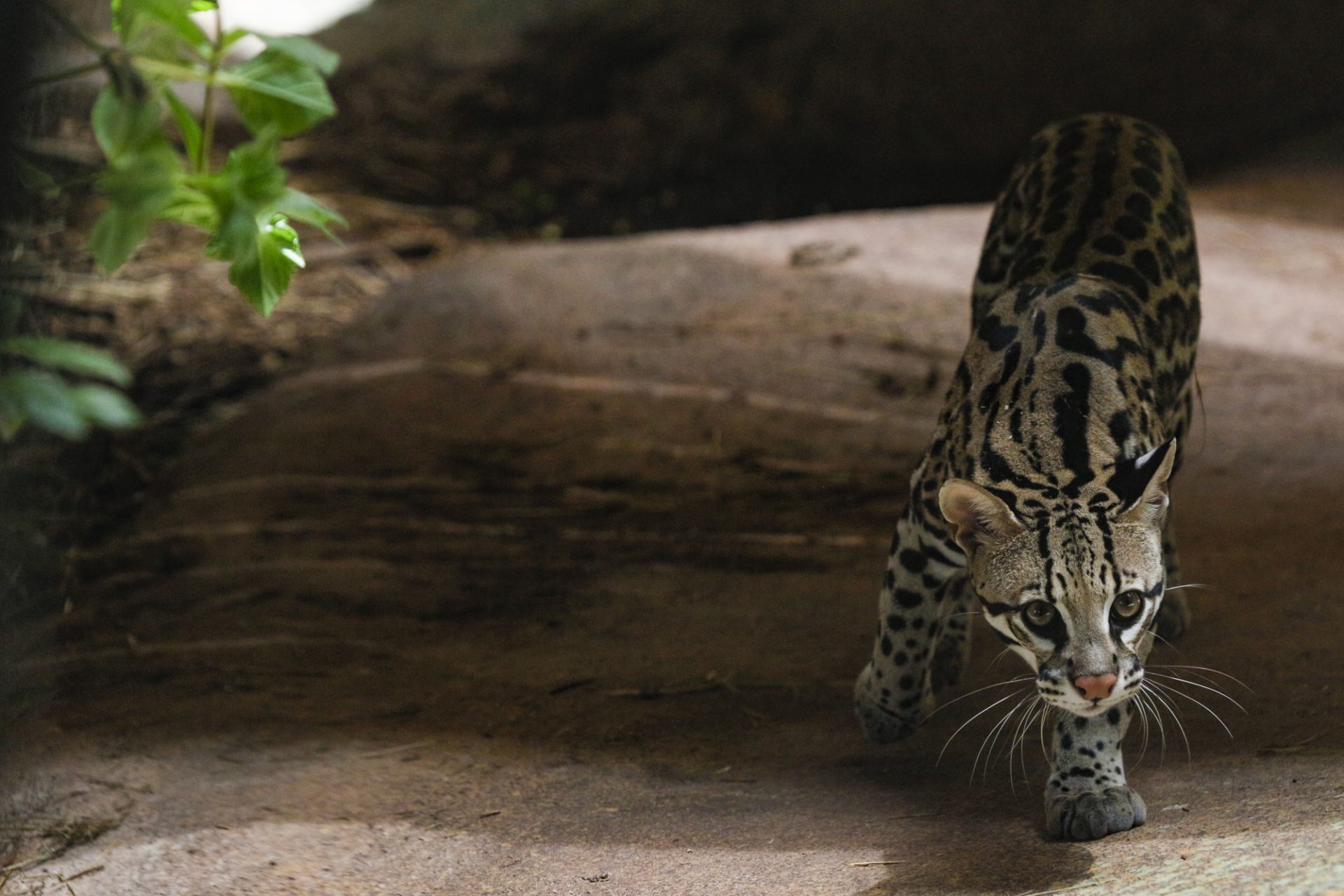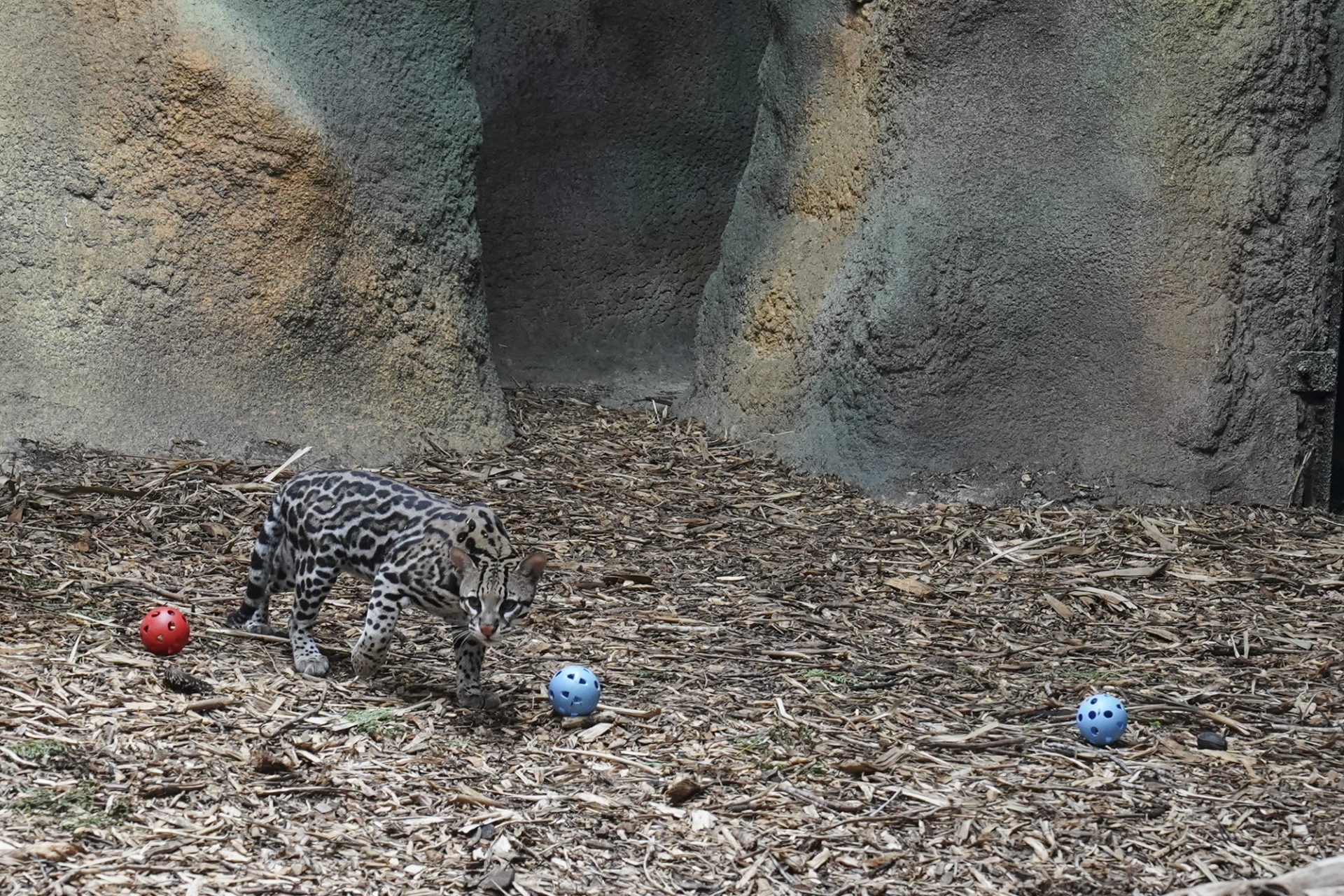|
Only have a minute? Listen instead
Getting your Trinity Audio player ready...
|

Federal wildlife officials are seeking the public’s input on a proposal that would reintroduce ocelots into parts of their historic native range where they haven’t been seen in decades.
The plan, called a Programmatic Safe Harbor Agreement, would allow for ocelots to be released onto ranches in Starr and Jim Hogg counties via a partnership with the East Foundation, a ranching and wildlife conservation organization that operates in the Texas ranchlands.
The Safe Harbor program is one of several that allows private landowners to partner with the federal government to help conserve threatened species.
But, unlike a conservation easement agreement, which would prohibit a landowner from further developing their land, a safe harbor agreement allows that landowner to continue using their land while also working to conserve species.
“That landowner gets assurances that there won’t be any, basically, they can continue to do what they’re doing on their land without any interference from the government requiring any additional resources, things like that,” USFWS Biologist Stacey Stanford said Thursday.
The USFWS will also issue the landowners permits that will safeguard them in the event that “incidental take” — or inadvertent harm — occurs to a member of the protected species.
In essence, a landowner, such as a rancher, can continue using their land for things like cattle grazing.
Conservationists hope that reintroducing ocelots onto the ranches, which were once a part of the wildcat’s historic native range, will allow them to successfully establish new territories and add genetic diversity to the existing sparse population.
“With this agreement, the East Foundation has proposed an innovative strategy to aid in the ocelot’s recovery by expanding their range in South Texas. We encourage the public to review the proposed agreement and provide us their input during the public comment period,” Amy Luders, southwest regional director for the USFWS, said in a news release on Thursday.
If approved, the East Foundation will also have the capability to enroll other landowners from neighboring ranches into the program.
The proposal is expected to be published in the Federal Register on Friday. Once published, the public will have a 30-day window to submit their comments about the proposal.

Classified as endangered under the Endangered Species Act, only about a hundred ocelots remain wild in the United States.
Their range currently extends south through Mexico, across Central America and into parts of Argentina in South America.
In the U.S., they once ranged as far north as Arkansas and as far east as Florida. But human development has caused their numbers here to dwindle to near extinction.
And while a small population of the cats have been documented in the Sonoran Desert straddling the border between Mexico and Arizona, those cats are not considered a breeding population because they are male, Stanford said.
As a result, the only viable breeding population in the country is right here in the Rio Grande Valley.
The majority of that population exists at the Laguna Atascosa National Wildlife Refuge, located along the coast in Cameron County.
And in 2016, biologists discovered evidence that female ocelots living on the Yturria Ranch in Willacy County were also producing kittens.
But the Valley’s population of ocelots is so small that there is a real risk of genetic bottlenecking — of a lack of diversity that can result in unhealthy or unsustainable animals.
Conservationists have a plan to deal with that concern should the safe harbor agreement be approved. It involves a breeding program that will make use of DNA from both captive and wild ocelots.
“They’re gonna have wild-sourced semen, basically, from wild cats and they’re going to artificially inseminate captive females,” Stanford said.

That artificial breeding program will take place at what Stanford called a “propagation facility,” which has yet to be built.
Biologists will need to breed several generations of ocelots before they can yield kittens with sufficient genetic diversity to be released into the wild.
“It’s gonna take a couple of years before this facility gets established, and then the breeding, multiple generations of breeding, until we get what we would consider genetically releasable animals,” Stanford said.
But before scientists can get to that point, they have to succeed with the first step — getting public input on the East Foundation’s application for an “Enhancement of Survival” permit and safe harbor agreement.
The public can leave a comment at www.regulations.gov under Docket No. FWS-R2-ES-2023-0160.
The comment period will close at midnight on Oct. 16.



